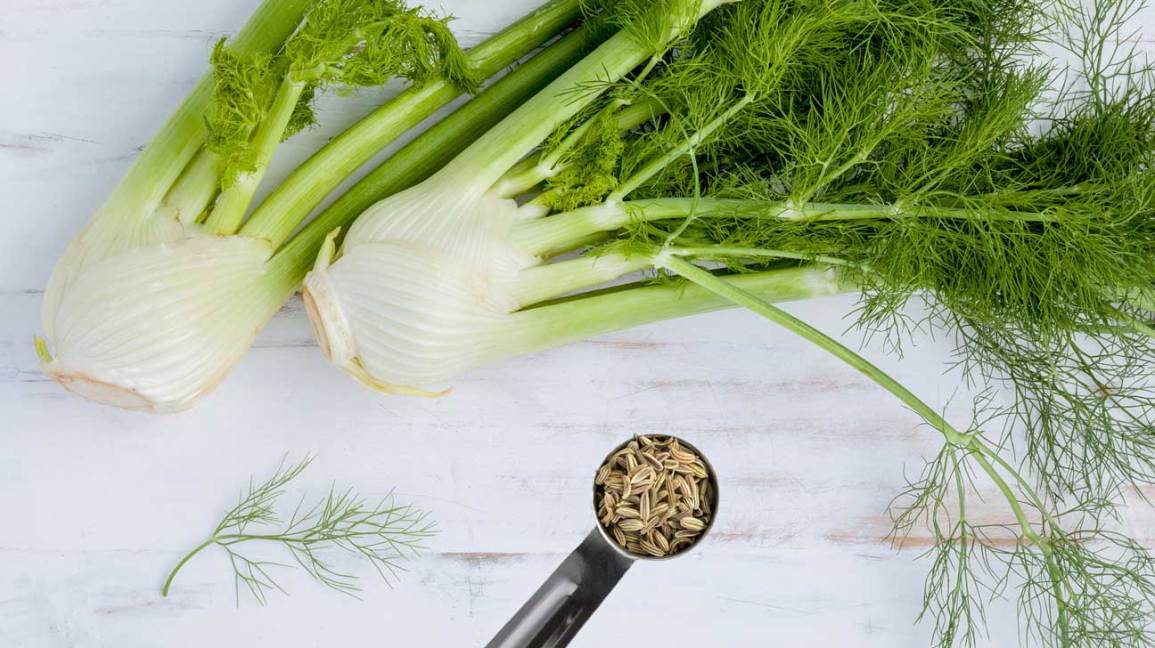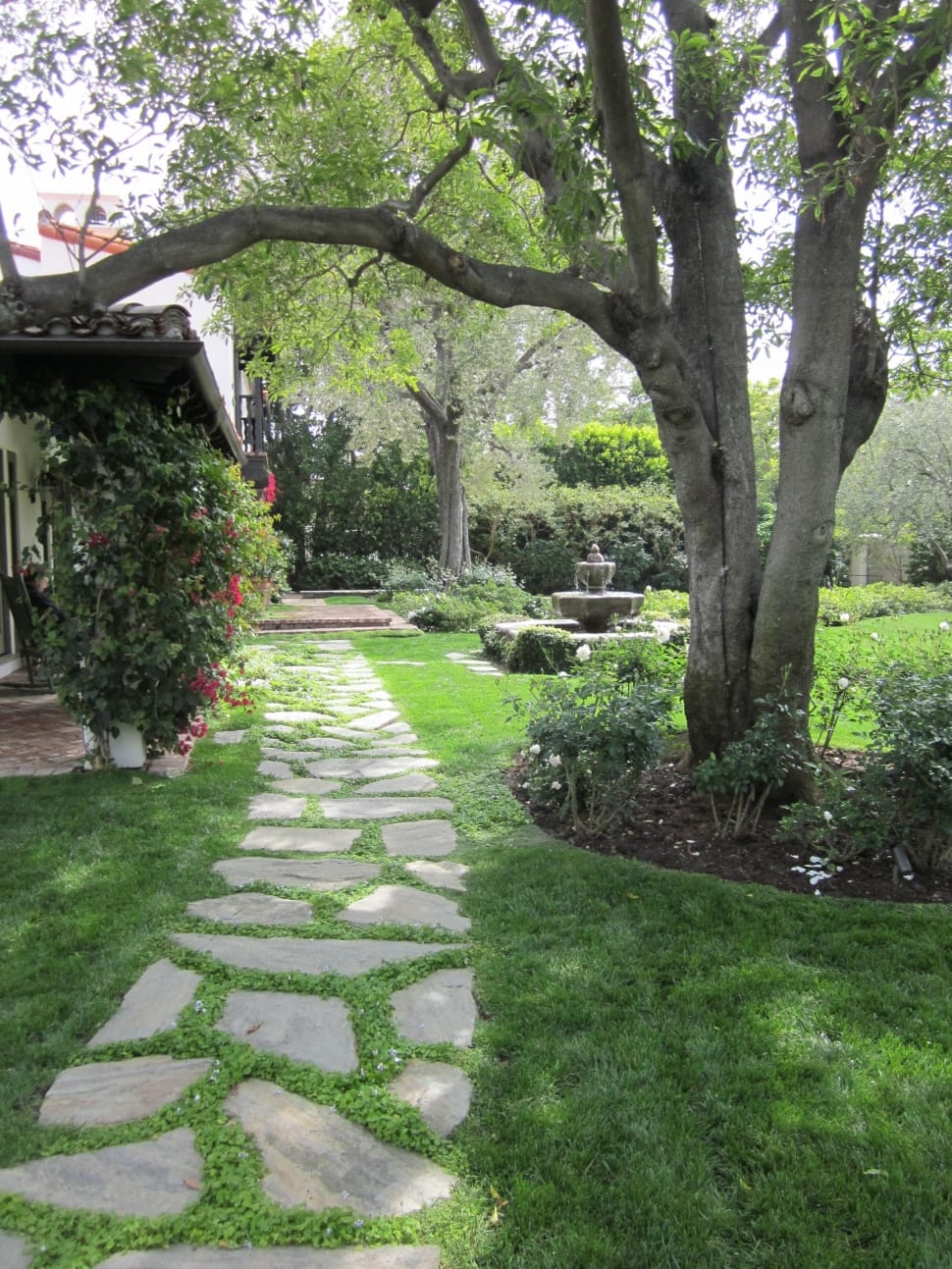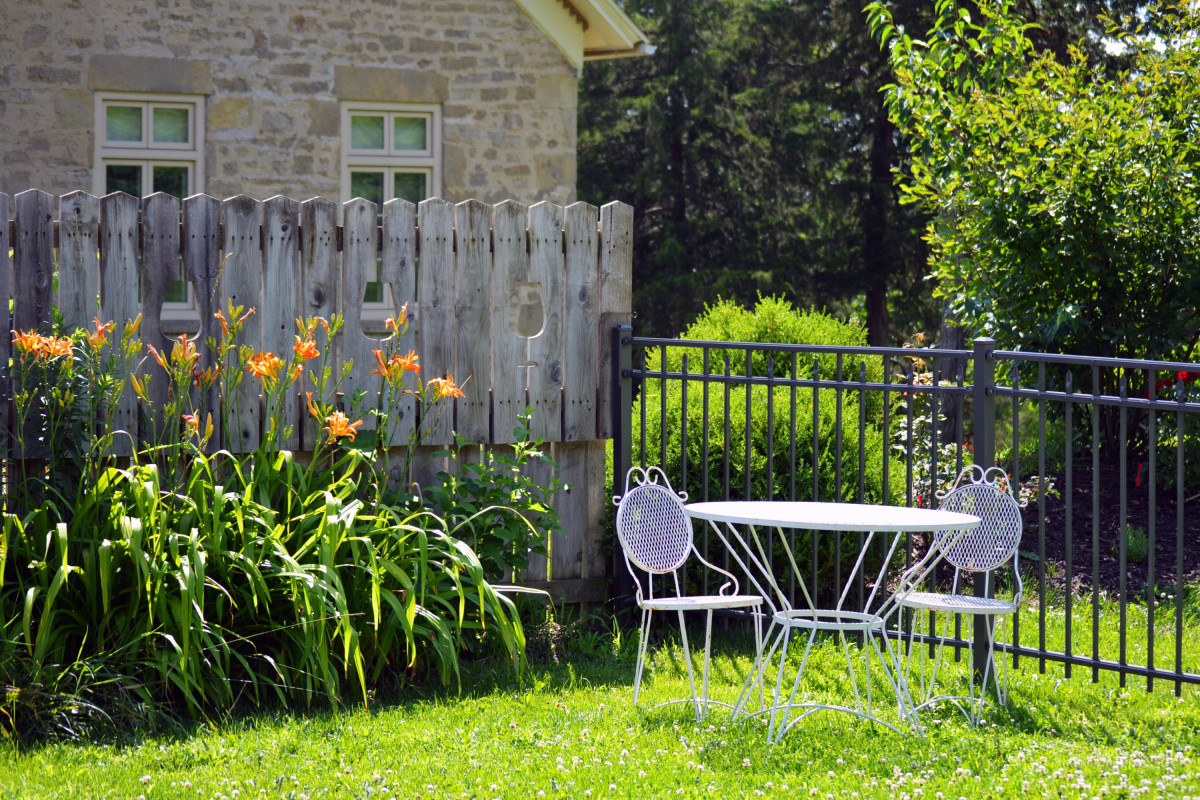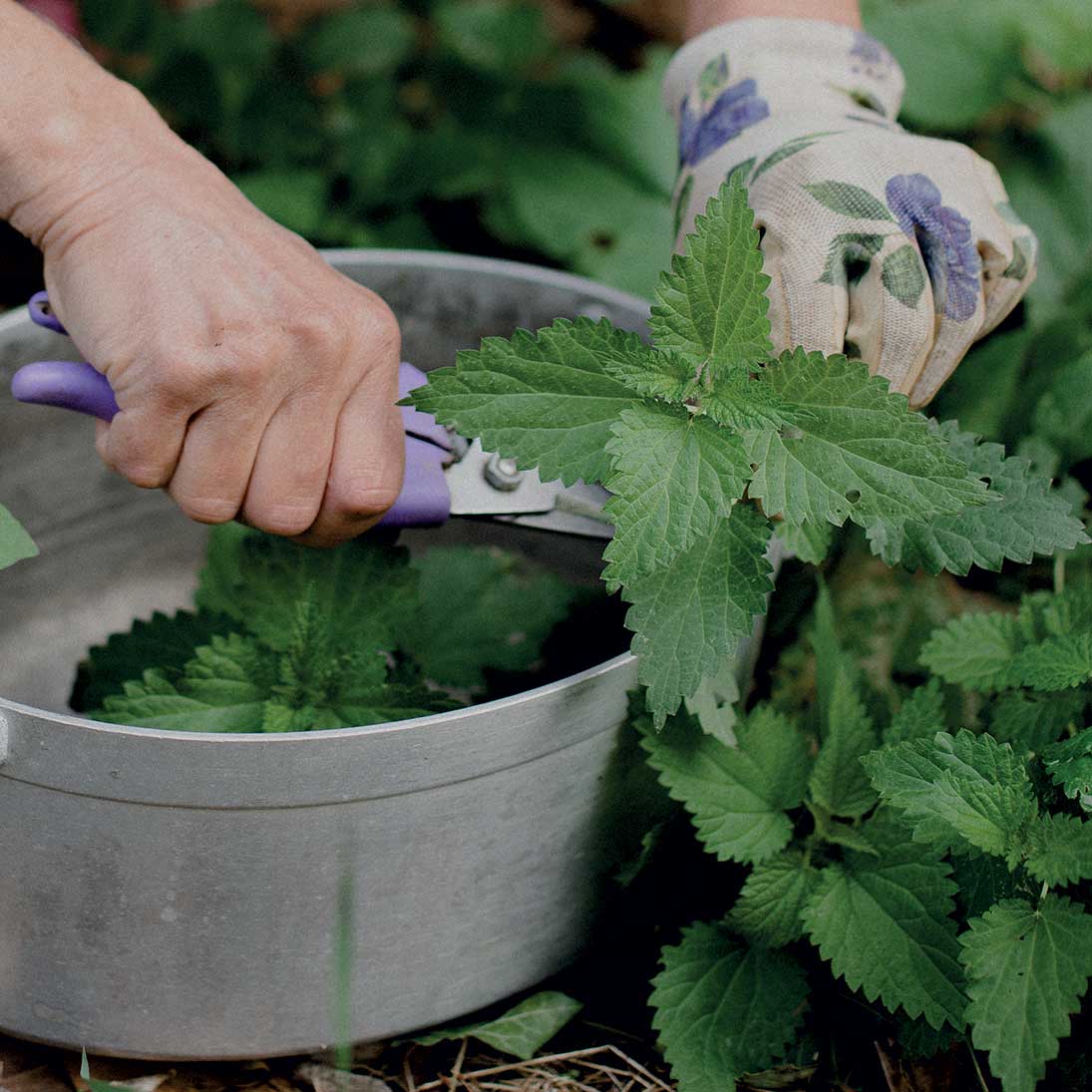Fennel is not for everyone, but if you like aniseed … you will love having fennel on your table? Nature has been creative with this aromatic herb, giving it a distinctive and somewhat aniseed-like flavor. Ideal for palates looking for originality in their meals.
The biggest problem with fennel is its extreme sensitivity, so if you have some time, you can plant the first seeds and learn the secrets of growing fennel.
Fennel is a plant with a very sturdy bulb that grows from the swollen bases of the leaf stalks. Native to southern Europe, its scientific name is Foeniculum vulgare and it is an ideal aromatic herb for those looking to have an organic product but also decorative in the garden, with its beautiful and fine yellow flowers. Are you among those who want to grow fennel in their garden but don’t know how to proceed? Today, we will give you the key steps for cultivating this plant.
Planting
The fennel cycle lasts 80 days and starts with the seeds, which can be purchased at any greenhouse. Before planting them, you must choose a place with good sun exposure, as this plant needs warmth embrace to grow.
Fennel needs rich, well-drained soil with an acidic, neutral or alkaline PH. It accepts sandy or clay soils as long as it receives the appropriate amount of water. The best time to plant this aromatic herb is in the spring. Once you have chosen the location, sow the seeds at a depth that triples their size. You can plant them in rows for a more abundant harvest. Cover them with a thin layer of substrate and water when you notice that the substrate is dry.
Watering

It is recommended to water moderately until the first shoots appear, which is about two weeks after sowing. After that, it will be necessary to water once or twice a week. You can use a watering can.
Pruning
Guide plants as they grow and trim some of the taller shoots to encourage continued growth of new leaves.
Pests and Diseases
When growing fennel, you’ll need to watch out for the following pests and diseases that affect this plant:
– Black doughnut: this is a caterpillar that feeds on the plant’s crown and leaves.
– Cutworms: these are larvae that cause wilting of the leaves. They also affect the neck of the plant.
– Aphids: these are insects that feed on the sap, deform the leaves and weaken the plant.
The most frequent diseases are :
– Sclerotina sclerotiorum (Lib) De By: disease causing lesions on the stem.
– Botrytis cinerea Pers: is a fungus that causes different types of rot.
– Pythium ssp: disease caused by organisms that affect the plant by causing root rot.
Harvesting
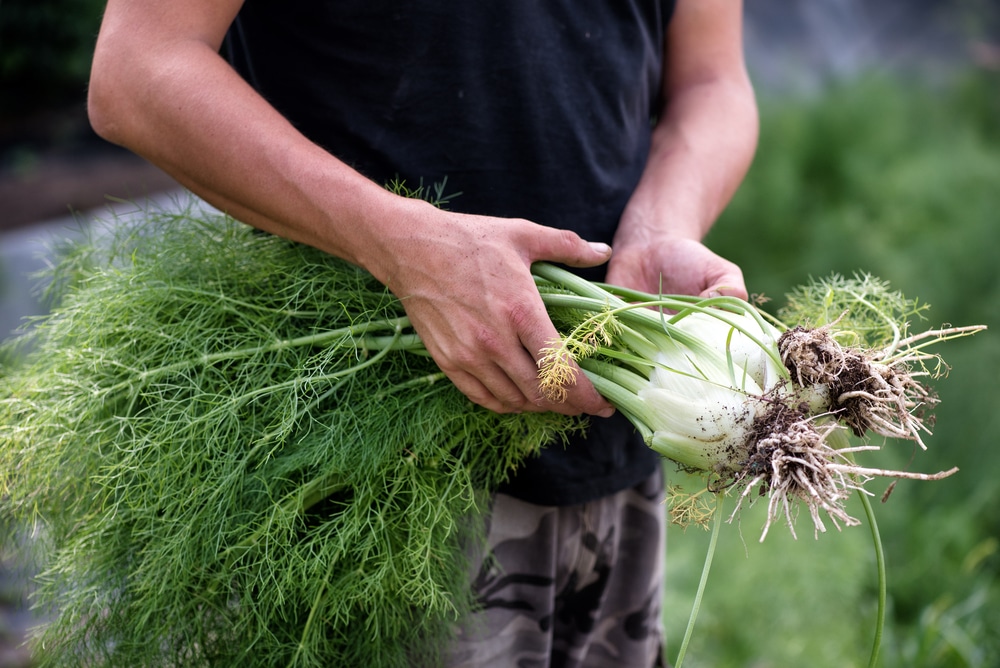
Harvesting can be done in late winter or early spring, when the plant starts to appear. At this time, it is possible to eat the leaves and fruits but not the bulbs, which can be harvested from fall to winter. You should cut just above ground level, leaving the root buried.
Once the fennel is cut, you can either store it in the refrigerator or dry it by hanging the plant with the stems up.
Essential Care
For best results when growing fennel, pay attention to the following recommendations:
– Remove the mulch in the spring, once the plant has begun to grow.
– Avoid growing fennel near tomatoes, beans and cabbage as it interferes with the growth of these plants.
– Every 3 years, you can reproduce the plant by dividing the bulb and growing the cuttings separately.
– It is recommended to enrich the soil with natural fertilizers.
If you follow these simple tips, soon enough you will be able to invite your friends to eat a freshly cut fennel salad from your garden at home.
What are the other herbs you already grow in your garden? Share them with us in the comments below.
